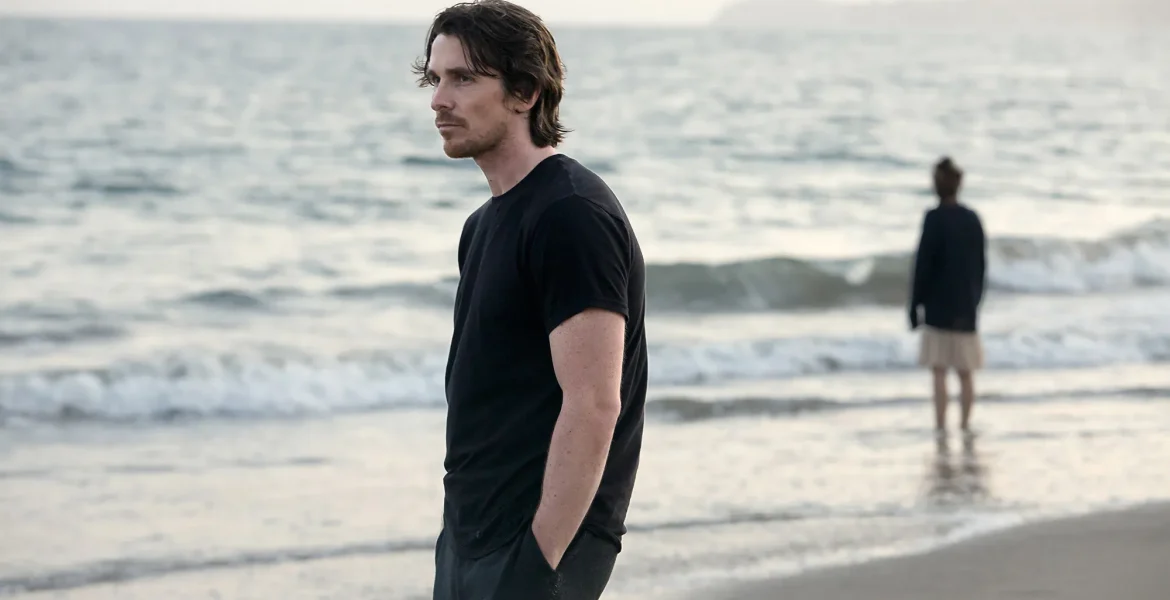There’s an elusive magic to Terrence Malick that makes his name stand out even in the era of content saturation. Some of the saturation has even come from the man himself: after decades of making a film every blue moon, he has made five since 2010, with another on the way.
Whilst some dismiss his later work as aggrandizing self-parody, there’s plenty of value to be found in a great director’s autumnal spurts of inspiration. Film fans of all ages, on the other hand, can agree on the classic status of his masterpieces, films that are etched permanently into an alternative canon of American cinema where thoughtful and immersive storytelling eclipses Hollywood cliche.
The following article will rank all nine of Malick’s narrative features to date, discussing why some don’t succeed entirely but mostly reveling in the wondrous talent of this ingenious poet of American life on celluloid.
9. Song to Song (2017)
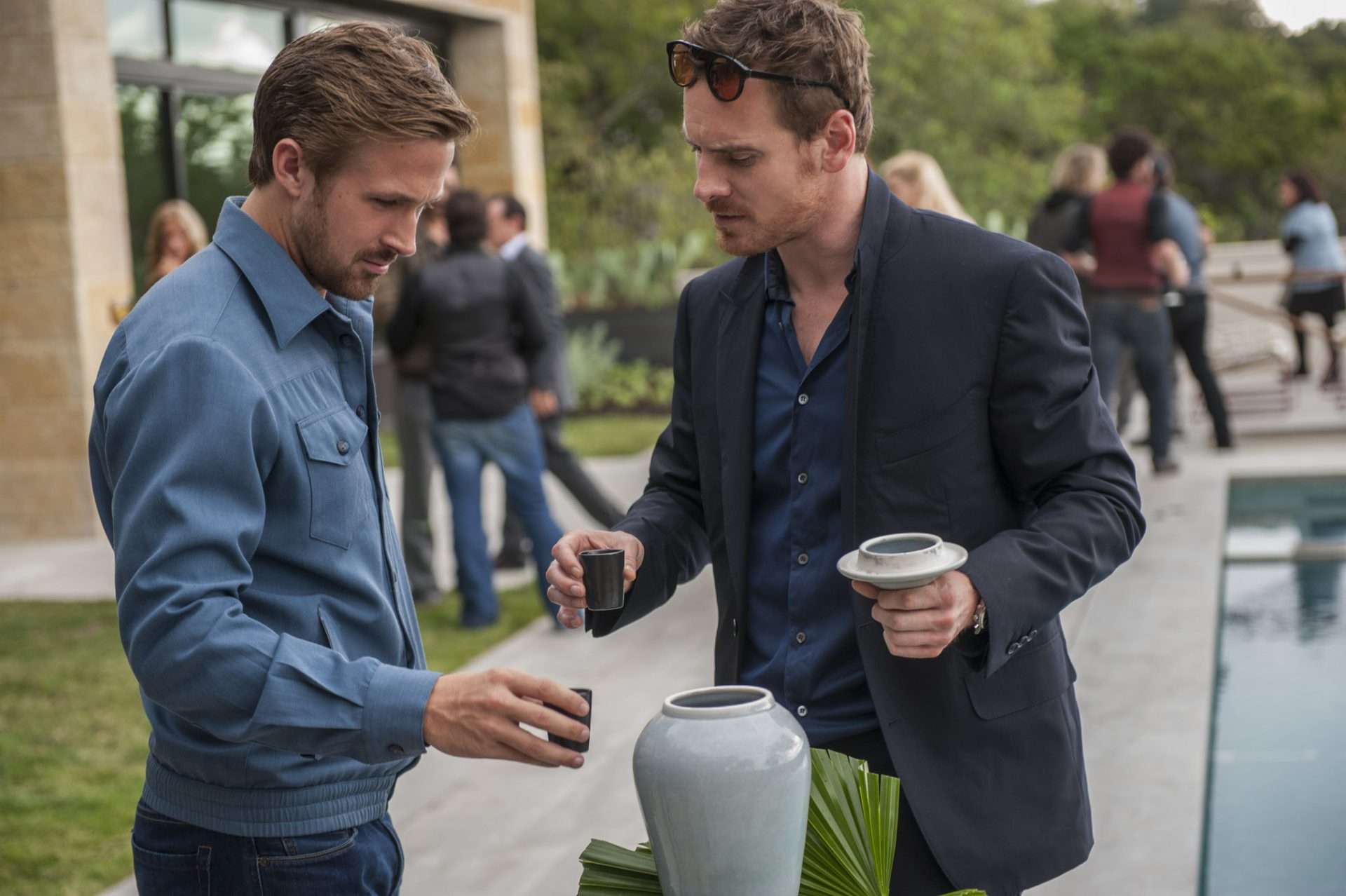
Song to Song is the closest Malick film to being a failure, which is a shame because all the ingredients are there for something great. Natalie Portman, Rooney Mara, Ryan Gosling, and Michael Fassbender comprise a main cast that Cate Blanchett and a flurry of real-life cameos from rock stars like Iggy Pop and Patti Smith accompany. The film tackles the entertainment industry and is a decidedly urban tale set in Austin, offering an interesting contrast to Malick’s usual focus on the rural and ethereal. However, the final product feels contrived and unnatural in a way that betrays what makes the director’s best films work so well.
This is especially true in regard to the performances. Despite the individual quality of the actors, there seems to be a self-conscious idea at this point of what a Terrence Malick film should be. The philosophical musings and gliding movements feel performative and overwrought. Watching Malick (and DP Emmanuel Lubezki) on autopilot isn’t completely without charm – the film still looks pretty and has moments of genuine intimacy between the characters that recall Days of Heaven or To the Wonder – but Song to Song is still the least rewarding and least impactful film he has made to date.
8. To the Wonder (2012)
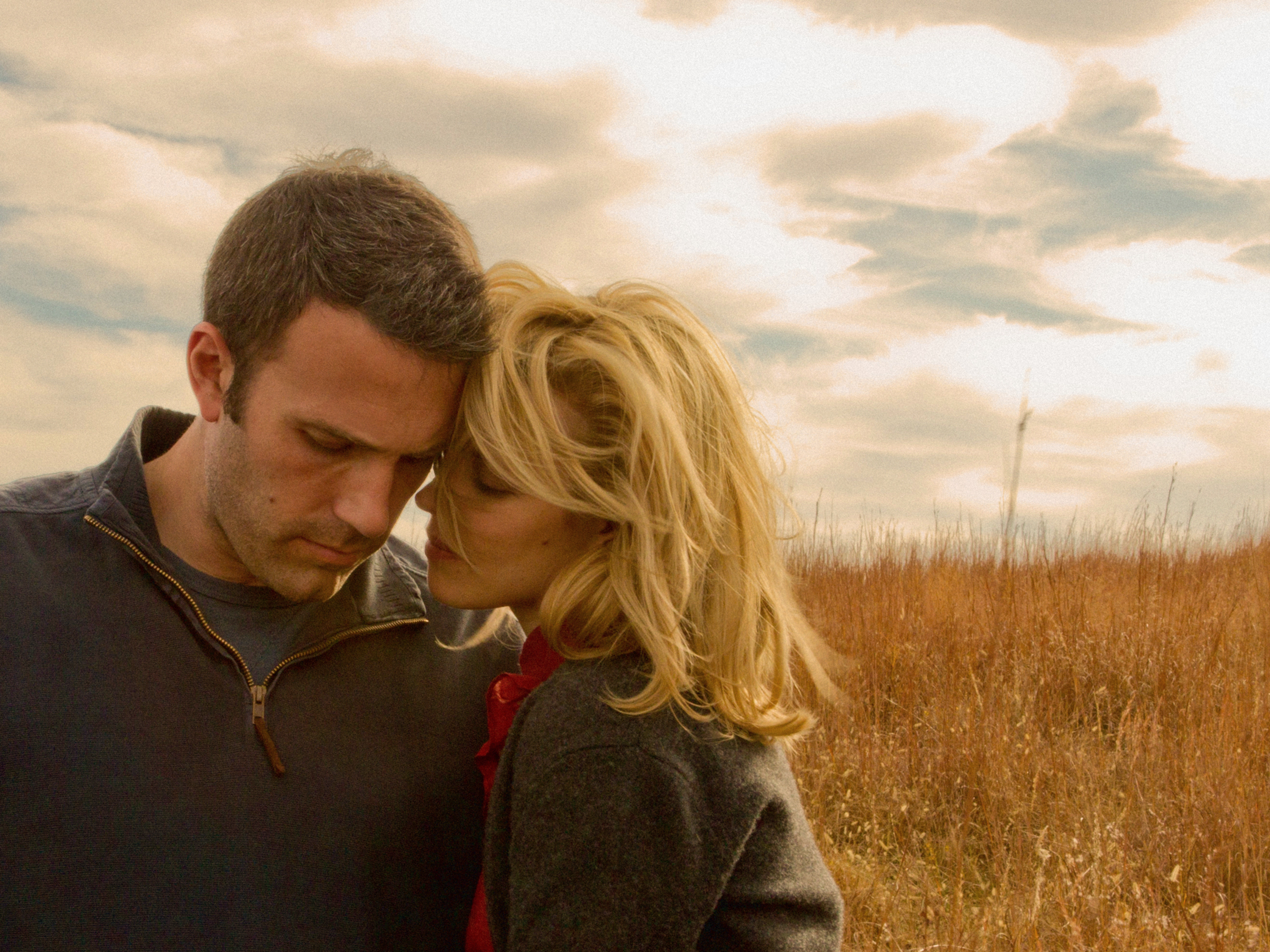
Another somewhat forgotten entry into Malick’s catalog, To the Wonder must have certainly seemed a disappointment after its release just one year after the fanfare for The Tree of Life. There were no Palme d’Or or Oscar nominations for this one, but there’s still beauty to be gleaned from this impressionistic tale of love and devotion. Notably, To the Wonder was also the first film Malick made set entirely in the present day. However, in the setting of the director’s native Oklahoma, the traditions of the past are never too far behind. Moreover, elliptical storytelling is retained with an even heavier emphasis on voiceover narration.
Ben Affleck’s solemn face sets the tone for the melodrama, with shots of him walking (hands in pockets) through the countryside making up a decent share of the runtime. For certain, To the Wonder is one of the more daunting Malick films. The audiences are challenged to search for its narrative and meaning, particularly if the somewhat pretentious narration goes over their head. However, unlike Song to Song, there are lessons and meanings to be found in the maelstrom. Given the landscapes of Paris and Oklahoma to work with, Lubezki provides some of the most sensuous shots of his career. It’s a worthwhile tone poem, but one most likely only for die-hard fans of the Malick style.
7. The New World (2005)
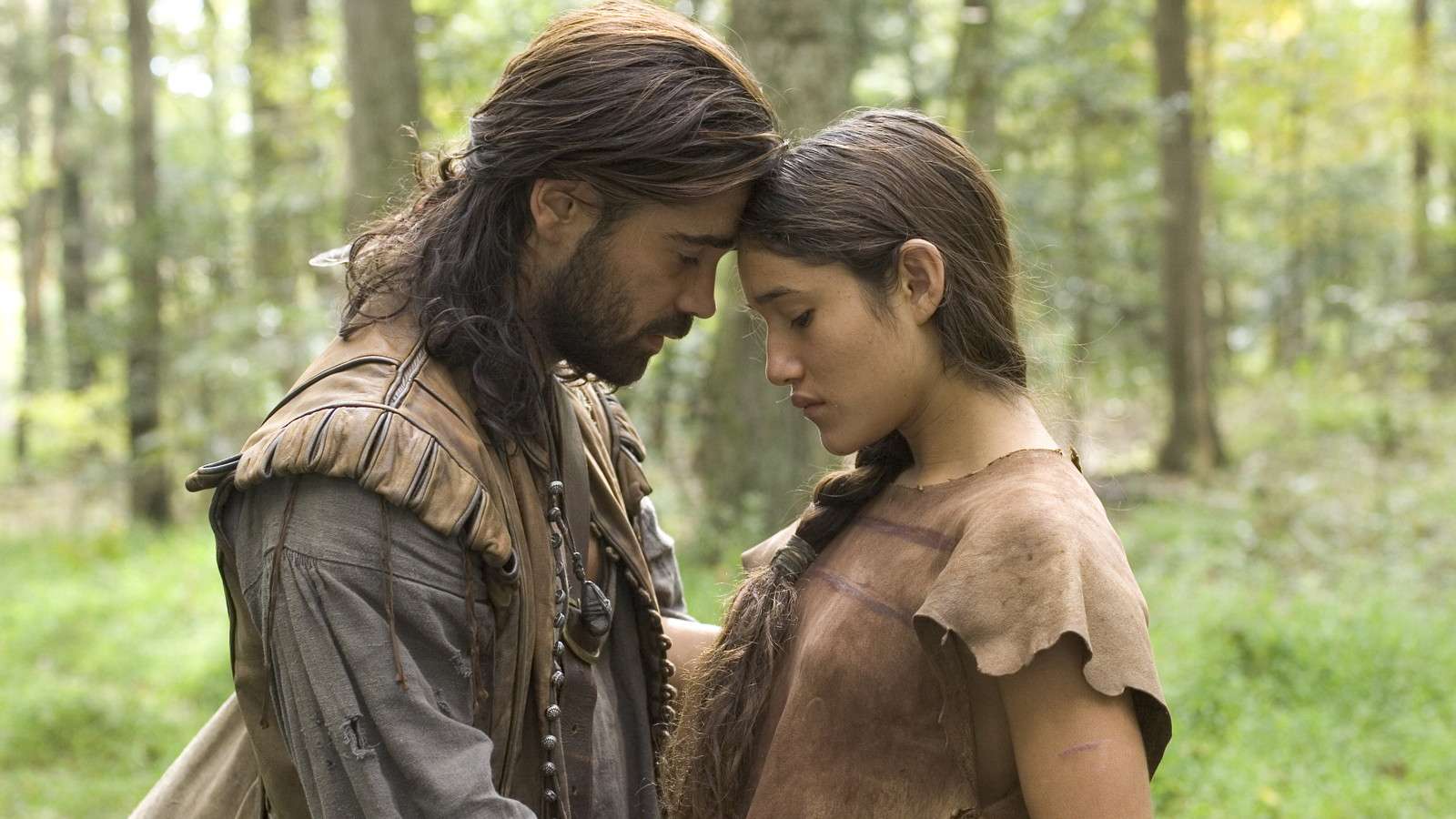
The first of the truly great films on this list, The New World is something of a marvel in how it manages to simultaneously evoke intense romance from the Pocahontas story whilst still paying respects to the Native American communities through attention to detail and historical accuracy. The Pocahontas story has been told many times, of course, but rarely with such thoughtful introspection. The romance is unafraid of spilling into Shakespearian melodrama, directly paralleling Romeo & Juliet when Pocahontas believes Smith to be dead once they are apart.
The incredible musical accompaniment provided by the late James Horner heightens the sense of scale and melodrama. In this beautiful setting, both his and Malick’s knack for capturing the sublime power of nature is on full display, with gorgeous shots of the long grass and gliding bodies mimicking the fluidity of the seas and skies.
Perhaps The New World is best understood as a rumination on the interconnectedness between humans and nature, a connection that reflects the forbidden but unbreakable bond between John Smith and Pocahontas. Rather than using his style to reduce this period of colonization to navel-gazing, Malick provides one of the most thought-provoking dramas of his career, and for that, he should be commended.
6. Knight of Cups (2015)
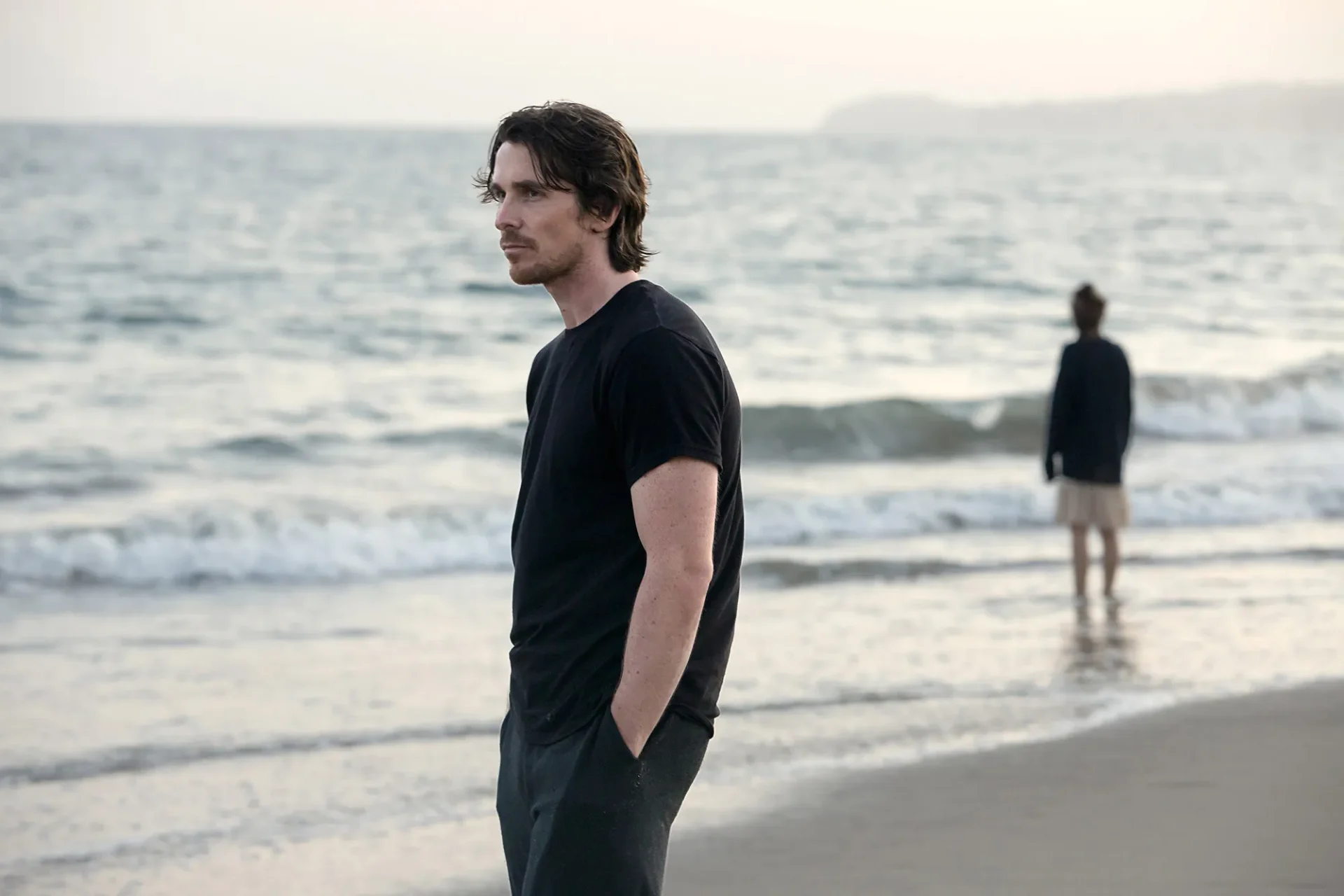
Genius works in mysterious and sometimes mystifying ways. Indeed, an audience member may spend a decent chunk of Malick’s misunderstood 2015 film Knight of Cups dazed and confused, attempting to forge a concrete meaning or narrative from Christian Bale’s endless wandering around contemporary Los Angeles, his dalliances with various A-list females forming only the loosest of narrative structures.
Removed from the trappings of traditional storytelling Malick can instead pursue a form of “pure cinema,” so to speak, relying entirely on the swoops of Lubezki’s camera and the trademark voiceover (both tools specific to the medium of film) to submerge the viewer in a deep sensory experience. Following the “plot” becomes secondary.
In unleashing his uncommercial instincts, Malick was bound to alienate the more casual fans, but to devotees enthralled by this difficult blend of impressionism and philosophical musing, Knight of Cups is a fully realized late-career highlight. Though detractors have criticized Malick’s apparent pretentiousness, there’s actually a genuine appreciation for art that a viewer must possess to earnestly engage with the aesthetics of his recent films. Knight of Cups requires patience and involvement from the audience and rewards them richly for it.
5. Days of Heaven (1978)
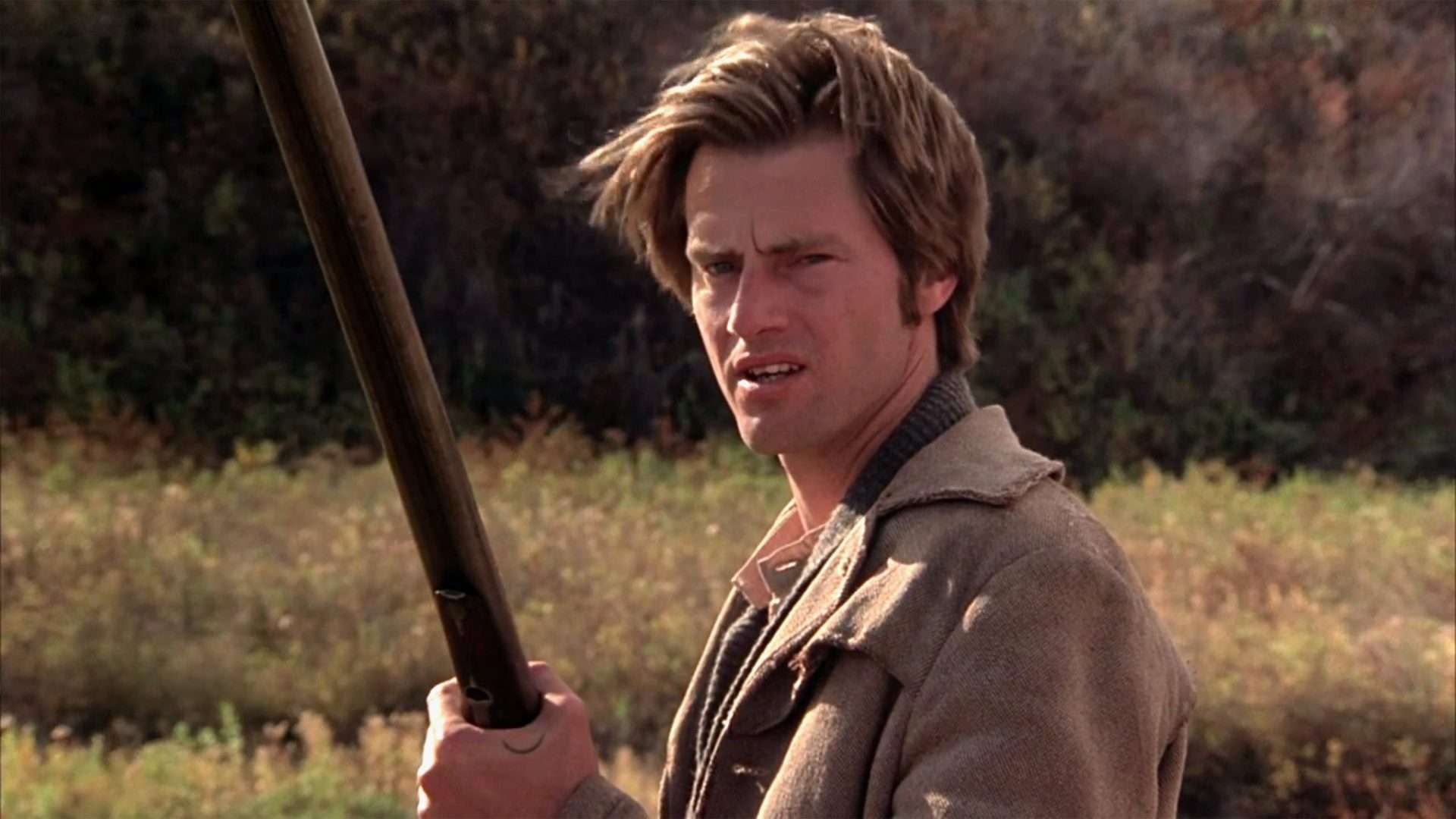
Some cinephiles may balk at Days of Heaven only reaching the halfway point of this ranking, and certainly, the film has retained its magic 45 years later. Linda Manz’s narration, Néstor Almendros’s golden hour photography, the themes of love and labor: none of it has aged a day.
The film also signals the birth of Malick’s perfectionist tendencies and the mythos which has accompanied him ever since. Hearsay that Almendros shot for only 20 minutes each day to capture perfect natural lighting is perhaps better known than the plot itself. But that should not undermine the narrative strength of this delicate mix of social parable and a devastating love triangle.
In Days of Heaven, Malick displays an admirable economy of storytelling, clocking in at just over 90 minutes. This was a director operating parallel to the New Hollywood movement, a wave that ultimately collapsed under its own excess, with a more singular and impactful vision, including several months in the editing room. The result is an impossibly beautiful film where every shot, every slight camera movement feels deliberate and exacting. It’s a landmark of ‘70s cinema that warrants recommendation even to those not normally enamored by Malick.
4. A Hidden Life (2019)
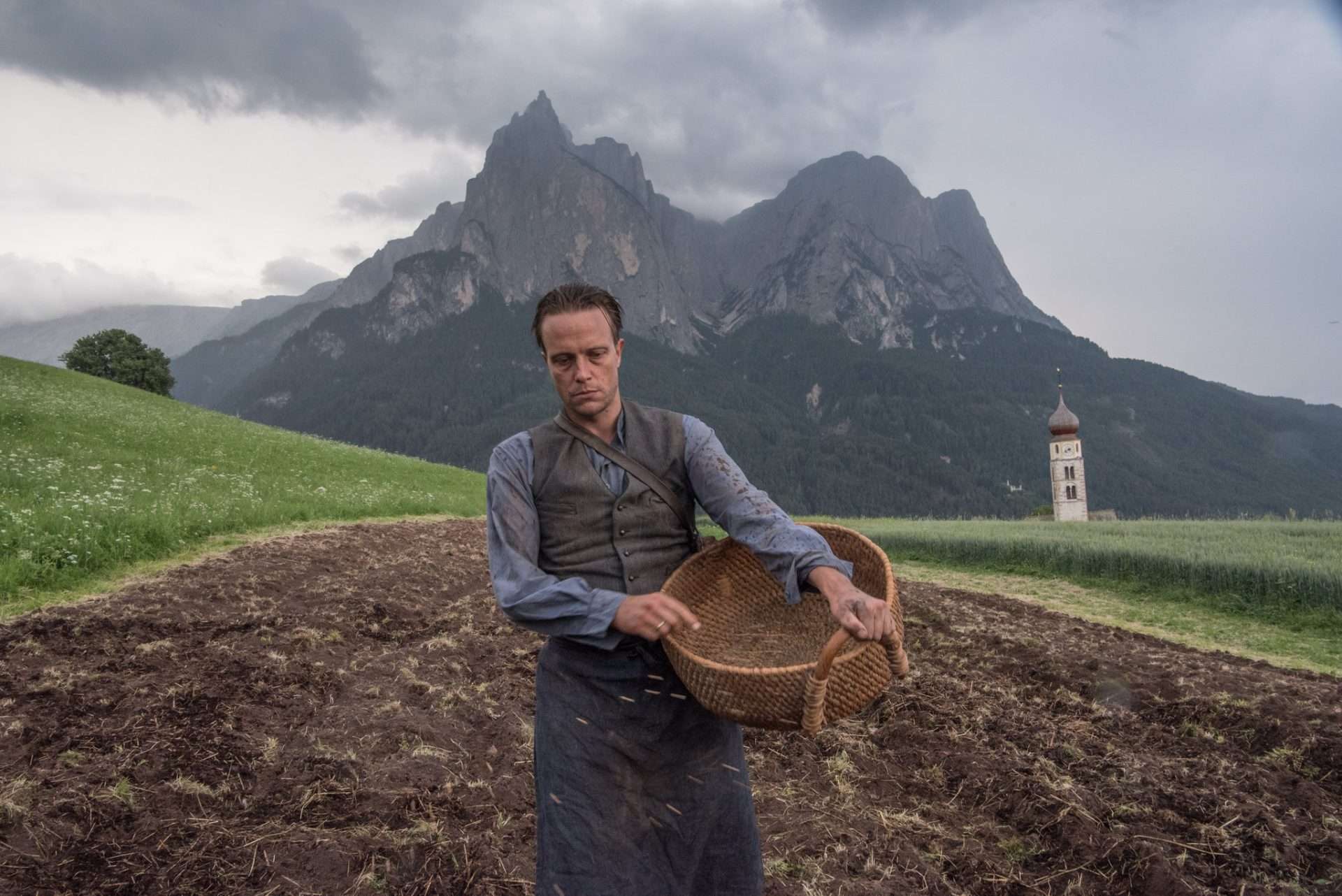
Malick’s fascination with the natural world is twinned with his interest in war. A Hidden Life interrogates why humans choose to destroy the landscape, which is given to us through the story of Franz Jäggerstätter, an Austrian conscientious objector during World War II. Similarly to Malick’s other “war” movie, The Thin Red Line, the film contrasts war with serene rural communities that subsist off of mutual aid and simple lifestyles, the “hidden lives” lost in the blight of war that the title alludes to.
Many critics saw the film as a return to form for Malick after his increasingly formless work in the 2010s, as it follows a more direct plotline than, say, Knight of Cups. It’s also a co-production with Germany featuring a largely German-speaking cast (including the late Bruno Ganz in his final performance), meaning the distractions of watching Hollywood stars deliver the philosophical musings are eschewed in favor of more authentic world-building. This lays the groundwork for the most emotive film Malick has attempted since The Tree of Life, and one which succeeds in its heart-wrenching portrayal of sacrifice and faith through adversity.
3. Badlands (1973)
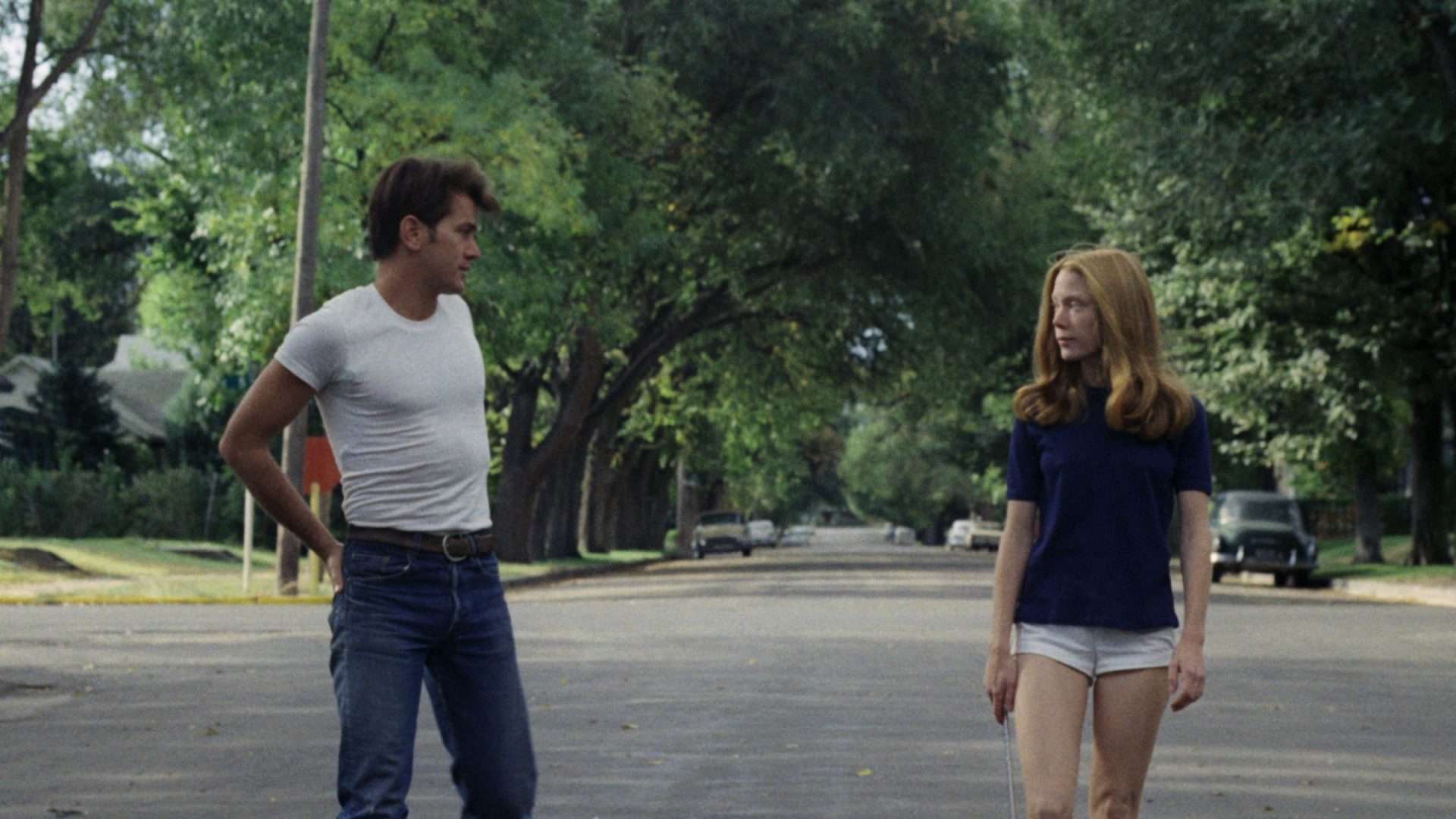
Badlands is a fine example of how Malick stood apart from his New Hollywood contemporaries in the 1970s, even with his very first feature. While this lovers-on-the-run tale may draw a comparison to Bonnie and Clyde, Malick has no interest in a revolutionary, state-of-the-nation framing. Rather, the camera is a detached observer, which starkly contrasts the Dakota landscapes with the coldness and brutality of a killing spree. A further source of contrast is Sissy Spacek’s narration, her innocent southern drawl being the antithesis of the death and destruction she wreaks.
Spacek and co-star Martin Sheen are truly compelling as the leads. As their relationship evolves from adolescent awkwardness to mutual evil, they embody a sort of curious anti-chemistry with their stilted dialogue and movements. Even in a rare moment of visual intimacy whilst the couple dance to Nat King Cole, Malick is careful not to glamourize it. Perhaps a reason for this discord is the age gap between the pair – in the real-life case on which Badlands is based, the girl was 13 when she met her 18-year-old boyfriend – which renders the story not one of compulsive, obsessive love but of conscious manipulation.
Sheen’s character Kit is deliberate in crafting his ‘rebel without a cause image’ with his denim jacket and arms stretched along his shotgun, a comment from the director on how pop culture can bend moral ideals. There’s more than meets the eye in Badlands – which is impressive, considering there’s lots for the eyes to feast on.
2. The Tree of Life (2011)
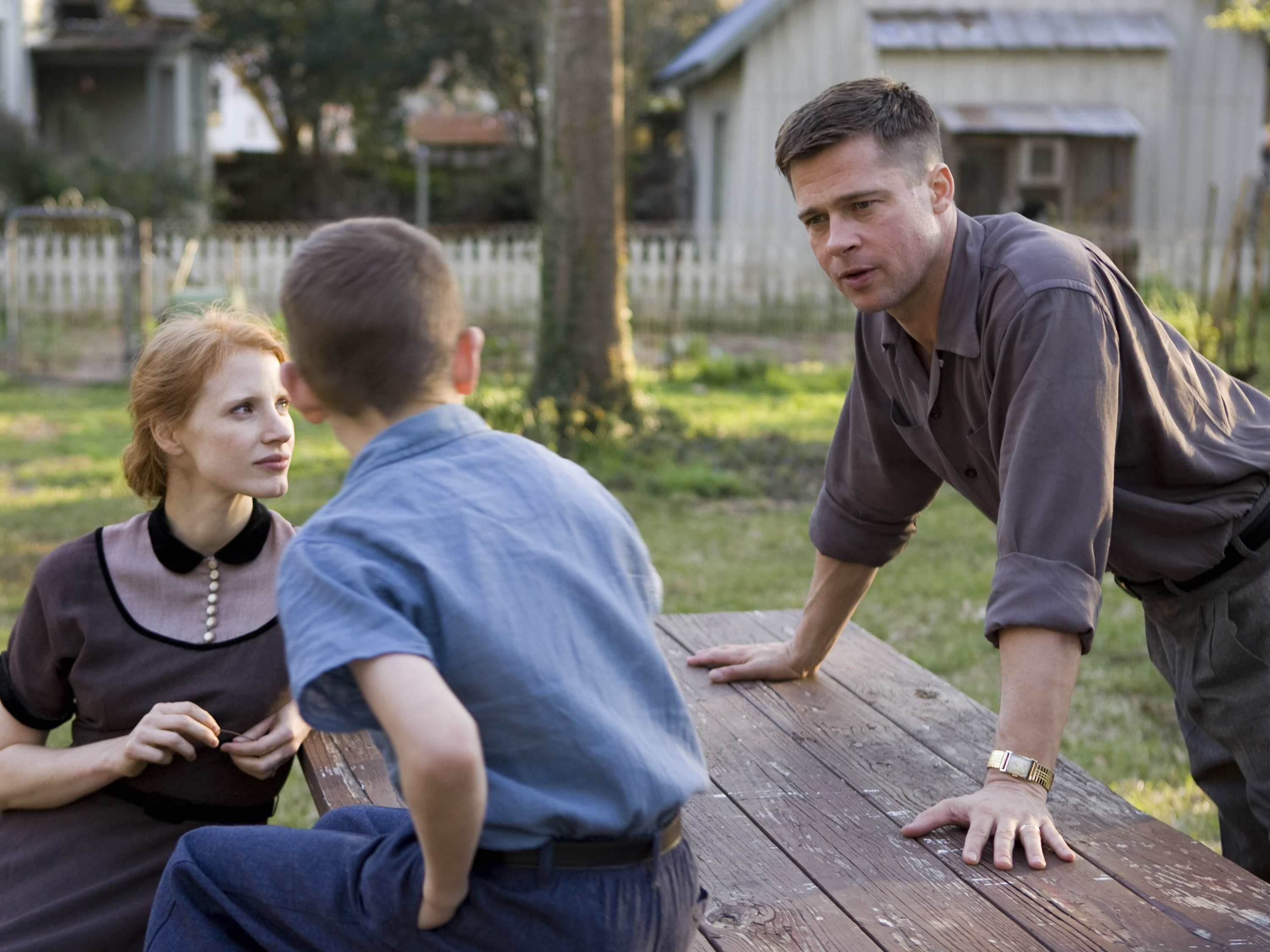
Upon its release in 2011, The Tree of Life was immediately placed into the canon of contemporary cinema. The film saw Malick’s inevitable departure from simple narrative cinema into pure visual poetry, anchored by a beating, personal, emotional heart. In exploring this tale of suburban upbringing in 1950s Texas, Malick draws on the suicide of his late brother and looks to the cosmos for life’s unanswerable queries. Extended sequences convey the director’s view of the wider expanse of time and space (dinosaurs and all), assisted by the keen eye of Emmanuel Lubezki, who would never again achieve such beauty on celluloid.
Despite the leisurely runtime and overtly philosophical angle, The Tree of Life was a mainstream success in Malick’s terms, earning the Palme d’Or and several Oscar nominations. Critics were blown away, and for a new generation of cinephiles, their eyes were opened to the awe-inspiring power of film.
Recent years have seen the movie’s reputation somewhat sullied by the stylistic repetition of Malick’s subsequent works and an increasing backlash to his divisive style, but don’t let that fool you. Watching it with fresh eyes in 2023, removed from the pop and circumstance of its release, and the most annoying guy you know telling you how genius it is, The Tree of Life still stands up as a revolution of the moving image.
1. The Thin Red Line (1998)
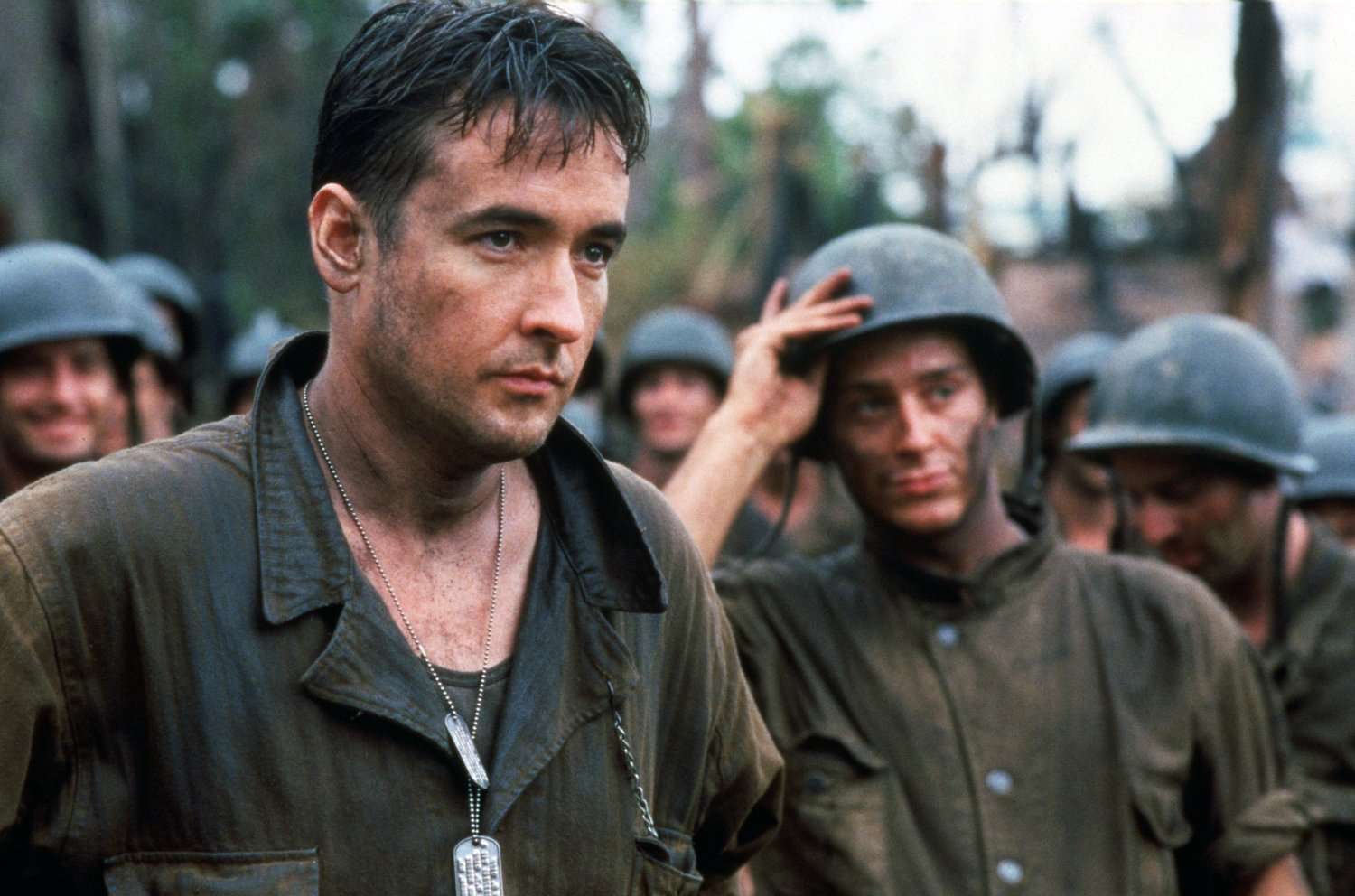
In this writer’s opinion, The Thin Red Line is Malick’s masterpiece because it’s the film that most skillfully balances the narrative instincts of his earlier career and the visual, thematic might of his later works. It also embodies so many essential parts of the Malick mythos, marking his return to cinema after 20 years and starring about two dozen Hollywood stars, a few of whom were entirely removed in the year-long editing process.
In 1998, The Thin Red Line’s release was undermined by the rollout of Spielberg’s more popular World War II flick Saving Private Ryan just weeks later. Nevertheless, Malick’s beautiful photography and insights into the chaos of war provide more insight into why we engage in wars (and how to stop them) than any number of action scenes could.
The film’s scope is endlessly impressive. Malick utilizes his preoccupation with natural landscapes to give the battle scenes authentic geography, highlighting both the immense tactical strategy of 20th-century warfare and the ultimately banal brutality it aids. In other words, The Thin Red Line is the most convincing of Malick’s arguments for another way of living; a “second world,” as Jim Caviezel’s Private Witt says in the movie’s opening.
Witt is the closest the film has to a protagonist amid a sprawling ensemble of generals and infantry. The extremely talented cast assists the film’s unusual structure, in which almost every character’s specific role in combat is portrayed, meaning almost every frame is filled with a powerful performance from any of Nick Nolte, Elias Koteas, even John Travolta gets in on the act. In a career littered with masterpieces, Malick’s thematic obsessions, visual ticks, and strengths were never more fully realized.

